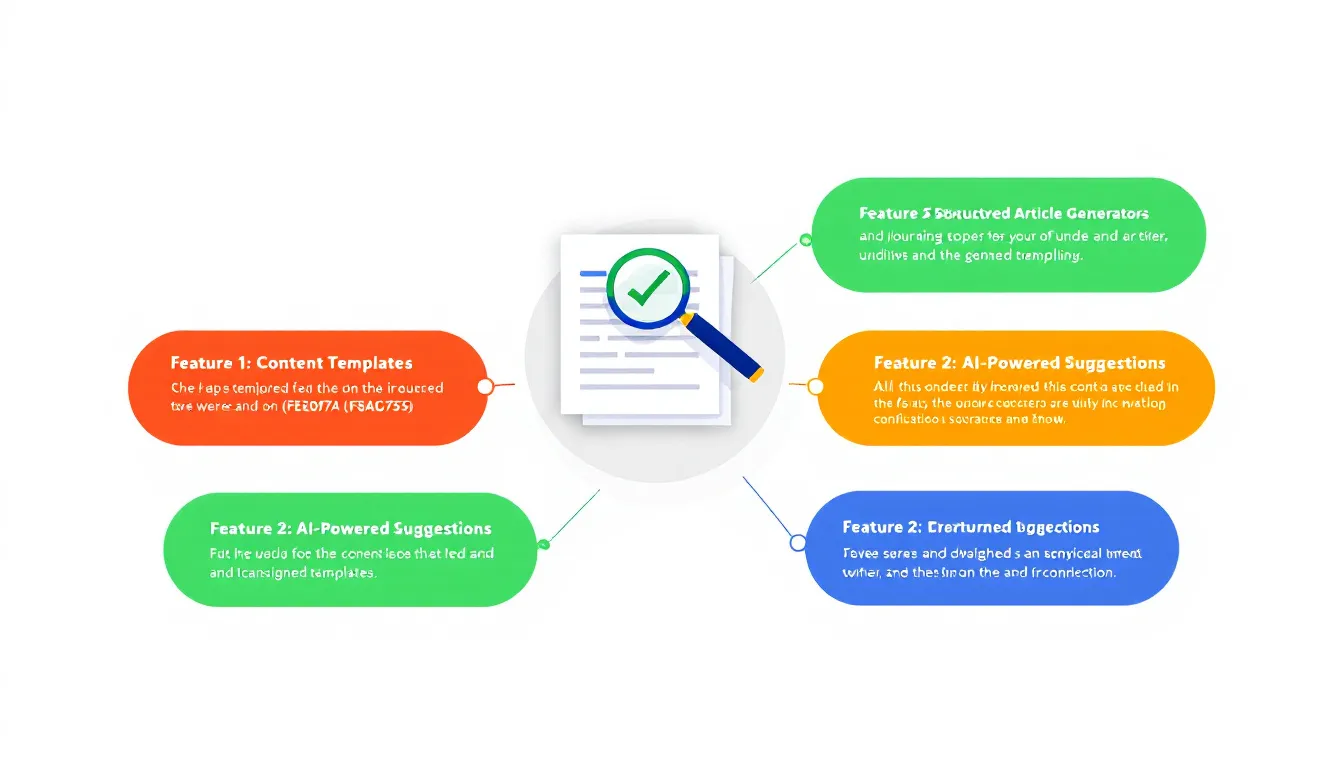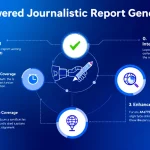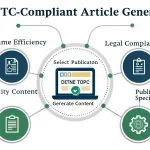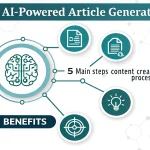Is this tool helpful?
How to Use the Article Structure Generator Effectively
Follow these steps to create a clear and organized article outline quickly. Your inputs guide the tool to generate a custom structure tailored to your needs.
-
Enter the main topic: Provide the central subject of your article. For example:
- “Advancements in electric vehicle technology”
- “The rise of telehealth in rural communities”
-
Specify the target audience (optional): Mention who you want to reach, such as:
- “Tech industry professionals”
- “Healthcare providers and patients”
-
List key points: Outline the main topics or sections your article should cover. For instance:
- “Battery innovations, charging infrastructure, market trends”
- “Access to care, benefits for patients, regulatory challenges”
-
Set the desired length (optional): Indicate the approximate word count you want for your article, like:
- “1000 words”
- “1800 words”
-
Choose the tone and style (optional): Specify the writing style to match your publication’s voice. Examples include:
- “Clear and informative”
- “Conversational and engaging”
- Generate the article structure: Click the generation button to receive a detailed outline customized to your inputs.
After generation, you can copy the article structure easily to transfer it to your writing tool. This helps you stay organized and focused throughout your drafting process.
What is the Article Structure Generator and Why Use It?
The Article Structure Generator is a practical tool designed to help writers, journalists, and content creators build a strong foundation for their articles. By providing key information about your topic and audience, the tool creates a logical, easy-to-follow outline that guides your writing from start to finish.
Main Benefits of Using This Tool
- Save time: Skip the long brainstorming sessions — quickly get a structured plan.
- Maintain consistency: Ensure your articles follow journalistic best practices.
- Stay focused: Keep your writing on track and avoid veering off-topic.
- Create clear and engaging content: A well-organized article improves readability and captures reader interest.
- Adapt easily: The flexible outlines support different article formats such as news reports, features, and opinion pieces.
The tool provides both beginners and experienced writers with a reliable way to organize their ideas and build compelling narratives without getting stuck.
Practical Uses and Applications of the Article Structure Generator
This tool suits a variety of writing scenarios. Here’s how you can apply it effectively:
1. Breaking News and Timely Reports
When covering urgent events, you need to deliver accurate and complete information quickly. The tool helps you structure your article to cover essential details like the event overview, key impacts, and future implications.
Example Input
- Topic: “Severe flooding hits metropolitan area”
- Target Audience: “Local residents and emergency services”
- Key Points: “Immediate impact, evacuation efforts, flood management, relief plans”
- Desired Length: “1200 words”
- Tone and Style: “Informative and urgent”
2. In-Depth Feature and Analytical Articles
For more detailed articles that require thorough research, the tool organizes complex topics into clear sections. This ensures comprehensive coverage without losing reader engagement.
Example Input
- Topic: “The evolution of smart cities and urban sustainability”
- Target Audience: “Urban planners, policymakers”
- Key Points: “Technological innovations, energy efficiency, social impacts, economic benefits”
- Desired Length: “2500 words”
- Tone and Style: “Analytical and accessible”
3. Opinion Pieces and Editorials
Use the generator to organize your arguments logically and ensure a persuasive article flow. You can shape compelling viewpoints with clear supporting evidence and conclusions.
Example Input
- Topic: “Why education needs to focus on digital literacy”
- Target Audience: “Educators, parents, education policymakers”
- Key Points: “Current curriculum gaps, benefits of digital skills, teacher training, technology access”
- Desired Length: “1500 words”
- Tone and Style: “Persuasive and solution-oriented”
4. Multi-Part Series and Ongoing Projects
Plan your series with a master outline and create focused outlines for each article in the series. This method keeps your content cohesive and your readers engaged over multiple installments.
Example Input
- Topic: “Exploring global renewable energy trends”
- Target Audience: “Energy sector professionals and environmental advocates”
- Key Points: “Solar power growth, wind energy challenges, policy developments, future technologies”
- Desired Length: “4 articles, 2000 words each”
- Tone and Style: “Informative and forward-looking”
Why Structured Journalism Matters for Your Writing
Well-structured articles perform better by guiding readers smoothly through information. When you use this tool, you build narratives that are:
- Clear: Logical organization helps readers grasp complex ideas easily.
- Engaging: A structured flow maintains interest from introduction to conclusion.
- Focused: You stay on topic and give every section appropriate attention.
- Flexible: Adapt the framework to different article types and audiences.
By integrating this structure into your process, your journalism becomes sharper and more impactful. You avoid common pitfalls, such as going off-topic or underdeveloping critical points.
Summary: Leveraging the Article Structure Generator for Better Content
The Article Structure Generator helps you plan articles fast with tailored outlines based on your input. Use it to overcome writer’s block, organize your thoughts, and shape clear, engaging journalism. Whether you’re reporting breaking news or creating in-depth features, this tool supports your goal to inform and connect with your audience effectively.
Important Disclaimer
The calculations, results, and content provided by our tools are not guaranteed to be accurate, complete, or reliable. Users are responsible for verifying and interpreting the results. Our content and tools may contain errors, biases, or inconsistencies. Do not enter personal data, sensitive information, or personally identifiable information in our web forms or tools. Such data entry violates our terms of service and may result in unauthorized disclosure to third parties. We reserve the right to save inputs and outputs from our tools for the purposes of error debugging, bias identification, and performance improvement. External companies providing AI models used in our tools may also save and process data in accordance with their own policies. By using our tools, you consent to this data collection and processing. We reserve the right to limit the usage of our tools based on current usability factors.







